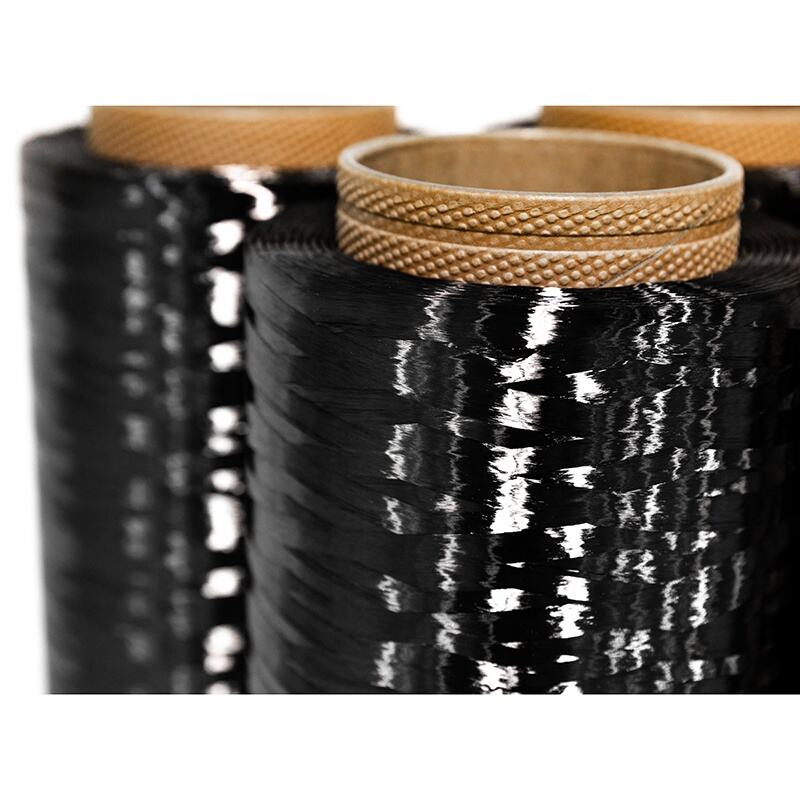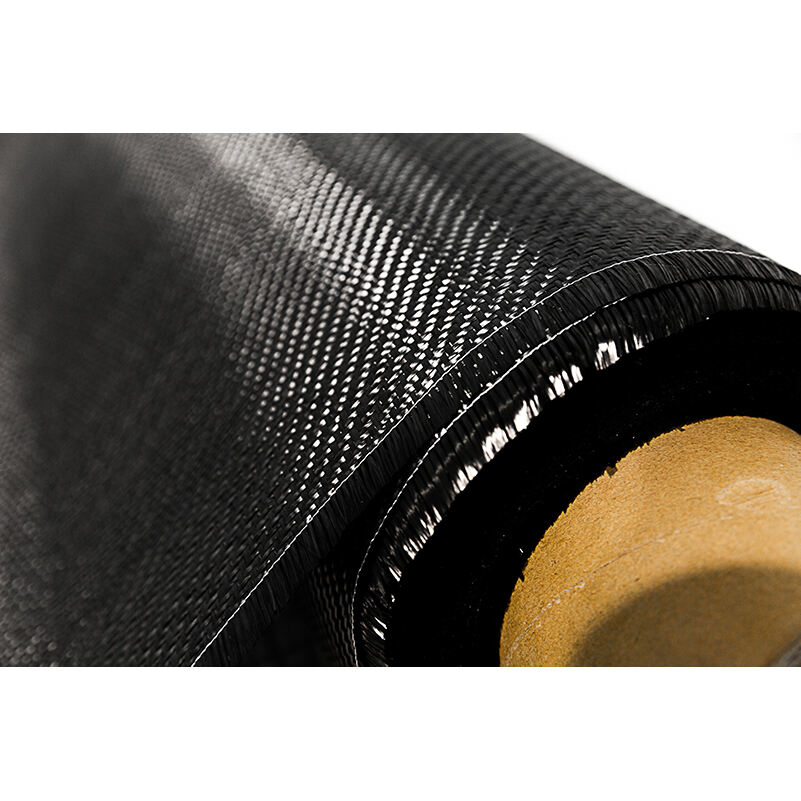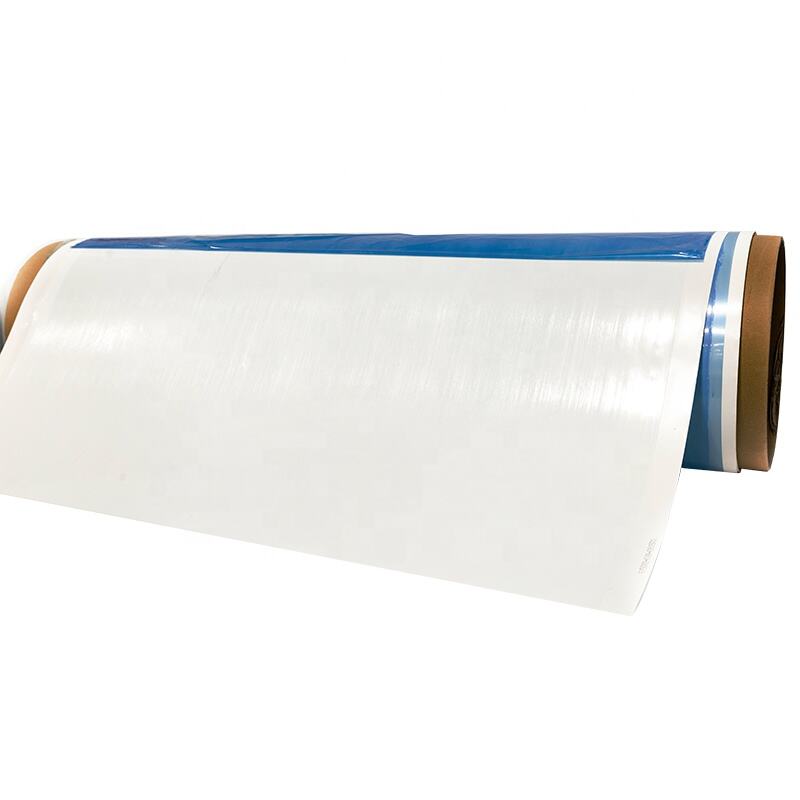carbon fiber price
Carbon fiber price represents a crucial consideration in modern manufacturing and engineering sectors. This advanced material, known for its exceptional strength-to-weight ratio, commands varying price points depending on quality grades, manufacturing processes, and market demand. Industrial-grade carbon fiber typically ranges from $10 to $24 per pound, while aerospace-grade material can cost $35 to $100 per pound. The price structure reflects the complex manufacturing process, which involves converting polyacrylonitrile (PAN) precursor into high-strength carbon filaments through careful oxidation and carbonization. Market factors, including raw material availability, energy costs, and production capacity, significantly influence pricing. The carbon fiber industry has seen technological advancements leading to more efficient production methods, gradually making this premium material more accessible across various sectors including automotive, aerospace, sporting goods, and construction. Recent developments in manufacturing processes have contributed to more stable pricing, though high-performance grades maintain premium positions due to their specialized applications and rigorous quality requirements.


